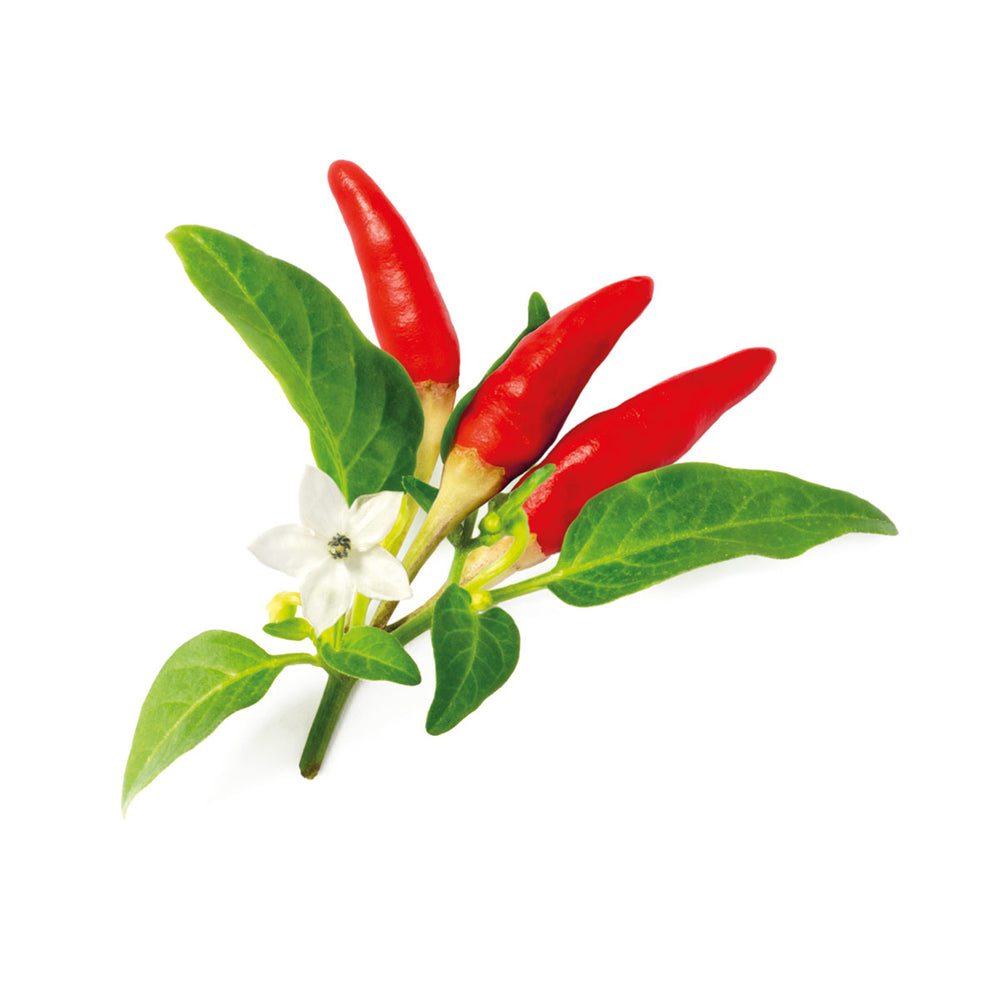News
Red Hot Chili Peppers 101

We officially launched Red Chili Peppers and while they don't grow to the tune of "Californication," but feel free to add that yourself because music is said to help plants grow. We figured it was time to get acquainted with Red Chili Peppers, so when they get to your home they are ready to grow!

How They Became "Peppers":
Red Chili Peppers have been around since 500 B.C. originating from Central America, but in fact, Red Chili Peppers actually aren't peppers at all they are fruit, red, hot, fruit. It wasn't until Christopher Columbus went sailing to find India, but instead found Haiti and Puerto Rico that "the Old World" discovered Red Chili Peppers. For much of the expansion of the Red Chili Peppers that can be credited to the Portuguese. The Portuguese brought the pepper to India where it was then adapted into cultural cuisines, and as the Portuguese colonized more countries they brought with them the red chili peppers to each place.

Growing 101:
- Red Chili Peppers are a bit slow to germinate, so it might take a while, possibly even up to 2 weeks. You can speed up the process by raising the temperature in your home to 26℃ / 79℉.
- Make sure to keep the number of Red Chili Pepper plants to one refill per indoor garden to ensure enough space for the plant to grow.
- Do not cut or prune your Red Chili Pepper plant.
- It will form flowers to the tip of the plant. Once your Red Chili Pepper is flowering, the flowers need to be pollinated. To help the flowers pollinate, gently shake your plant or use a clean paint brush to move pollen from one blossom to the next. You can also pollinate with your fingertip.
- Red Chili Peppers need some time to ripen, up to 80 days from planting the refills. Caring for the plant during this time consists of cleaning the plant from wilted leaves and dead flowers.
- Our Red Chili Peppers ripens from white to red.
- Once the fruits have ripened, the plant will slowly start to degrade, and the Red Chili Pepper refill has fulfilled its purpose to produce little chilies.
- For constant supply plant new refills at least every two months.

Additional fact about Red Chili Peppers
And if at the end of your refill cycle you feel a true affection to your Red Chili Pepper plant, feel free to prune it and repot it into a bigger pot with some fresh soil and create your very own chili bonsai – it's never too late to pick up a new hobby.
Harvesting:
When harvesting Red Chili Peppers, it is best to wait till they reach their ripe red color; however, if you remove them before they can still ripen after cutting off. It is also best to cut the Chili Peppers off the plant rather than to just rip them off. Once you have all your Chili Peppers you can choose to roast them, pickle them, dry them, or eat them as is! Whatever your taste you will be sure to find tons of fun recipes to incorporate them like, make your own salsa, salads, or use them to add spice to your chicken. Some of our favorite Red Chili Pepper recipes are:
Cayenne Hot Chili Pepper Truffles

Pickled Hot Cherry Peppers

Chili Pepper Salsa

Can You Handle the Heat?
Our Red Chili Peppers are 80 000 units on the Scoville scale, so they're quite hot. Make sure if you have cut or handled the Chili Peppers with bare hands to wash them after and avoid your eyes! We even suggest using gloves if needed. You may be able to handle the heat, but your eyes want to avoid it.
So now you know everything there is to know about our new Red Chili Pepper, and we can't wait to see how you use it!